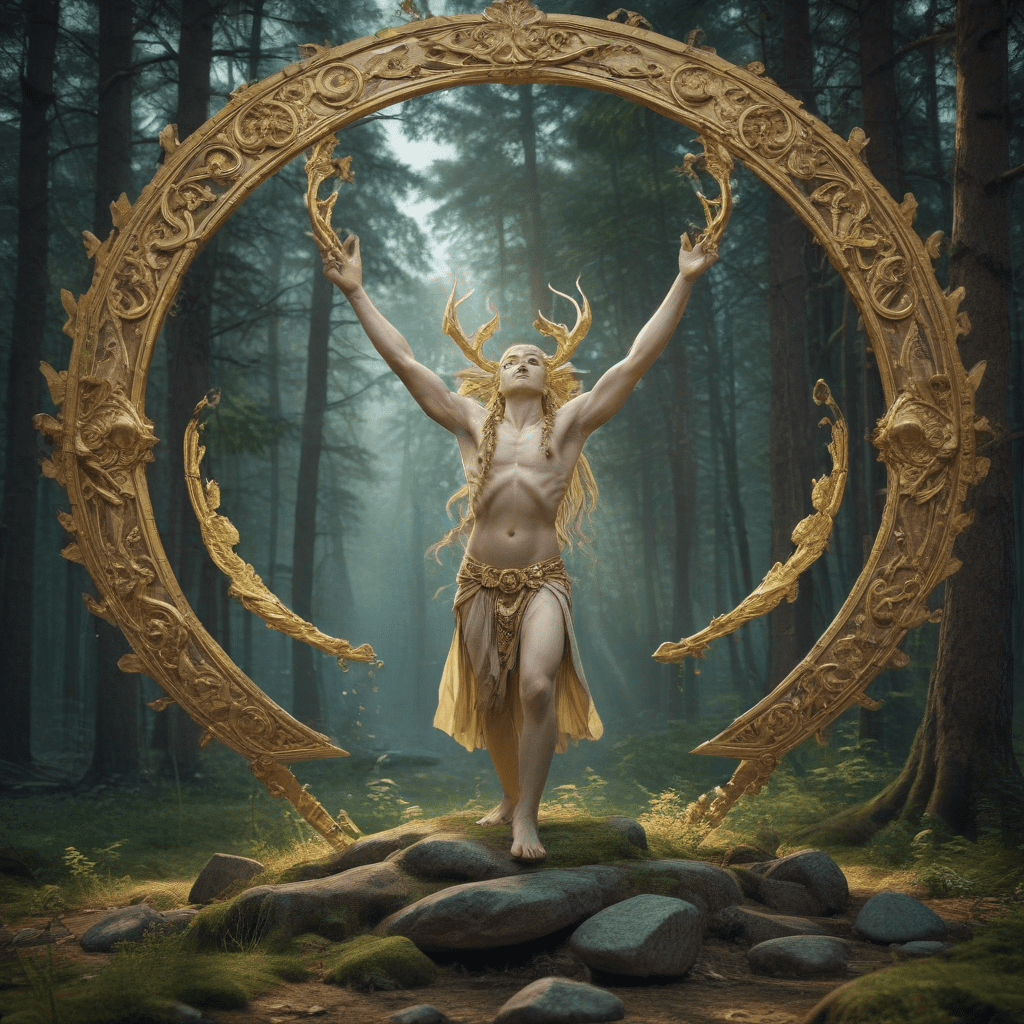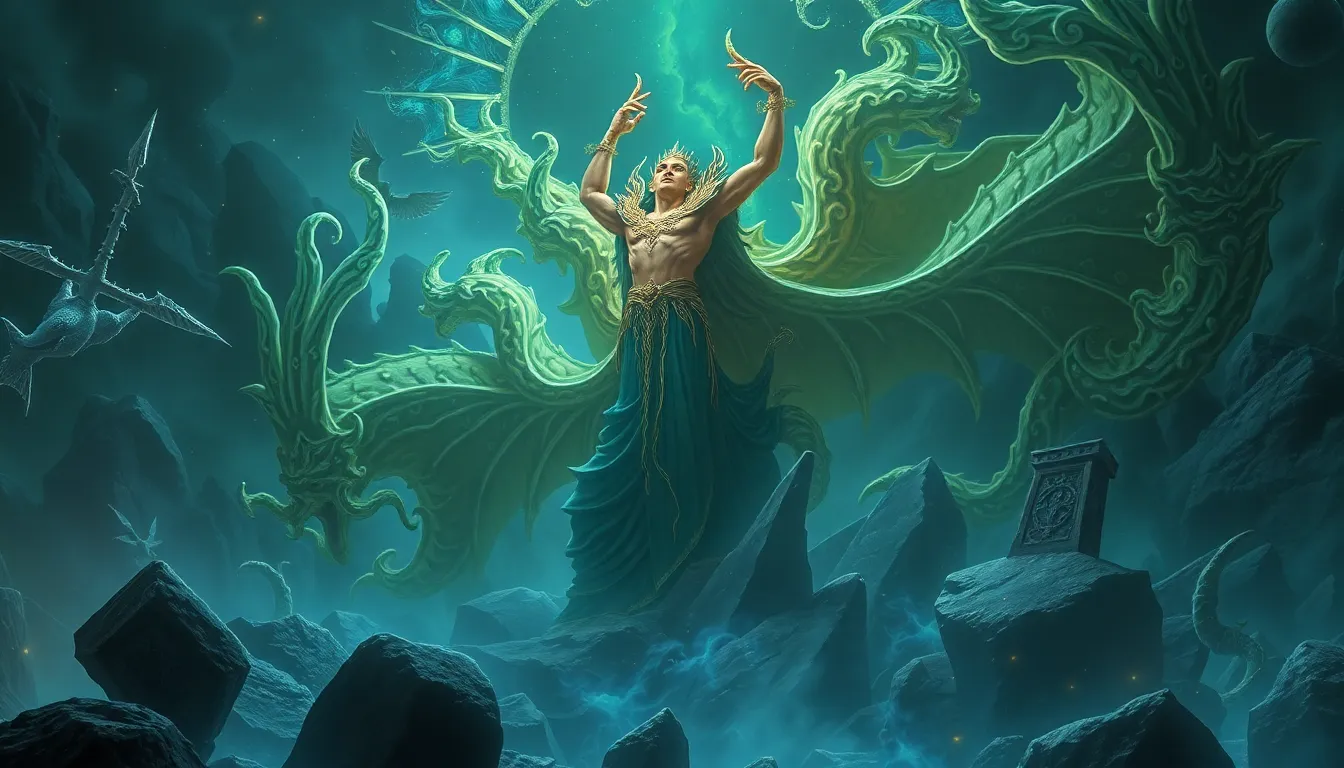Finnish Mythology: An Enchanting Realm of Harmony and Balance
The Epic of Kalevala: A Tapestry of Creation and National Identity
Finnish mythology is an enchanting realm of stories, beliefs, and traditions that have been woven into the very fabric of Finnish culture for centuries. At the heart of this tapestry lies the epic poem "Kalevala," a masterpiece that narrates the origins of the world, the adventures of legendary heroes, and the enduring power of nature. The "Kalevala," revered as Finland's national epic, is a treasure trove of cultural heritage that has captivated generations.
The Role of Natural Elements: A Symphony of Air, Water, Fire, and Earth
In Finnish mythology, the elements of nature play a vital role, embodying a profound connection between humans and their surroundings. The spirit of air, Ukko, wields the mighty thunderbolt, commanding storms and protecting the skies. Water is personified by Vellamo, a divine mother figure who rules over lakes, rivers, and the vast ocean. The transformative power of fire is embodied by Tuoni, a fearsome god of the underworld, while Earth is revered as the nourishing and sustaining force that provides life.
Heroes and Antiheroes: Väinämöinen, Ilmarinen, and Louhi
Finnish mythology is populated by a colorful cast of characters, both heroic and villainous. Among the most prominent is Väinämöinen, a wise and powerful shaman who is credited with creating the world. Ilmarinen, the master smith, possesses exceptional skills and is renowned for his magical creations. Louhi, on the other hand, is a formidable antagonist who represents chaos and darkness, posing a constant threat to the heroes. These figures embody the complexities of human nature, showcasing both the potential for greatness and the perils of evil.
Supernatural Beings: Giants, Fairies, and Otherworldly Creatures
Beyond the mortal realm, Finnish mythology teems with a vast array of supernatural beings. Giants, with their immense strength and often mischievous nature, inhabit the forests and mountains. Fairies, ethereal creatures of beauty and magic, dance among wildflowers and whisper secrets to the wind. Otherworldly creatures, such as the water nymphs and forest spirits, possess both alluring and dangerous qualities, reminding humans of the hidden forces at play in the world.
The Power of Music and Song in Finnish Mythology
Music and song hold a profound significance in Finnish mythology, serving as a bridge between the human and supernatural worlds. Väinämöinen himself is a master musician whose enchanting songs can calm storms, heal the sick, and manipulate the elements. Singing contests are a recurring theme in mythology, showcasing the power of words and melodies to sway hearts and minds.
6. The Importance of Balance and Harmony: The Sampo and the Power of Creation
In Finnish mythology, the concept of balance and harmony permeates all aspects of existence. The Sampo, a mythical artifact of immense power, represents the delicate equilibrium between the forces of good and evil. Created by Ilmarinen, the Sampo possesses the ability to produce an inexhaustible supply of wealth, wisdom, and happiness. However, its presence also attracts envious forces seeking to disrupt the harmony it brings.
7. The Role of Animal Spirits and Totemism in Finnish Culture
Animals hold a special place in Finnish mythology, often serving as guardians, messengers, or symbols of various qualities. Bears, wolves, and eagles are particularly revered, and many families trace their ancestry to specific animal totems. These totem animals are believed to possess supernatural powers and protect their human kin. Totemism emphasizes the interconnectedness between humans and the natural world.
8. The Connection Between Nature and Spirituality: The Sacred Forest
Forests hold great spiritual significance in Finnish mythology, serving as sacred spaces where humans can commune with nature and the divine. They are inhabited by spirits, both benevolent and malevolent, and are seen as portals to other realms. Rituals and ceremonies are often held in the forest, acknowledging its profound influence on human life and spirituality.
9. The Influence of Finnish Mythology on Modern Culture and Art
Finnish mythology continues to exert a profound influence on modern Finnish culture and art. Literary works, such as the poems of Eino Leino, draw inspiration from mythological themes. Visual artists find inspiration in the vivid imagery and characters of folklore. The enduring presence of mythology in contemporary culture showcases its timeless appeal and relevance.
10. The Legacy of Finnish Mythology: Tales of Wisdom, Identity, and Resilience
The tales of Finnish mythology have left an enduring legacy that transcends generations. They offer timeless wisdom about the nature of good and evil, the importance of balance and harmony, and the resilience of the human spirit. The stories have helped shape Finnish identity, fostering a sense of pride and cultural heritage. Mythological figures and symbols continue to inspire and empower individuals today.
Frequently Asked Questions
Q: What are the main themes explored in Finnish mythology?
A: Creation, harmony, balance, nature, heroes and villains, music, and animal spirits.
Q: Who is the central figure of Finnish mythology?
A: Väinämöinen, the wise and powerful shaman who created the world.
Q: What is the significance of the Sampo?
A: The Sampo is a mythical artifact that represents balance, prosperity, and happiness.
Q: How does nature play a role in Finnish mythology?
A: Nature is deeply revered, with forests seen as sacred spaces inhabited by spirits and portals to other realms.
Q: How has Finnish mythology influenced modern culture?
A: Finnish mythology continues to inspire literary works, art, and cultural traditions, fostering a sense of national identity and pride.



